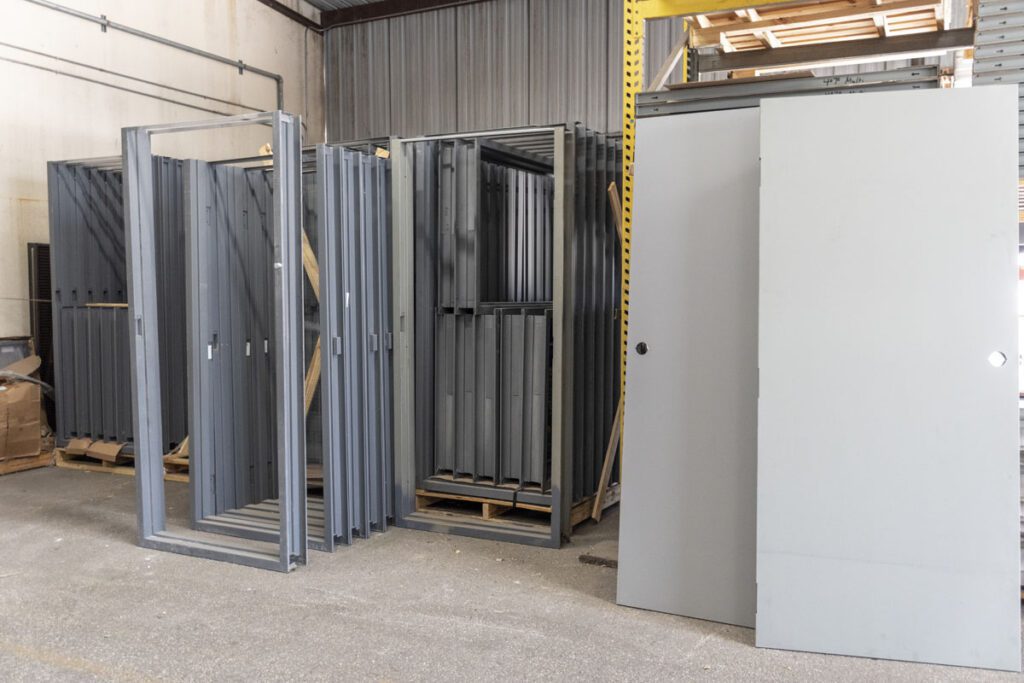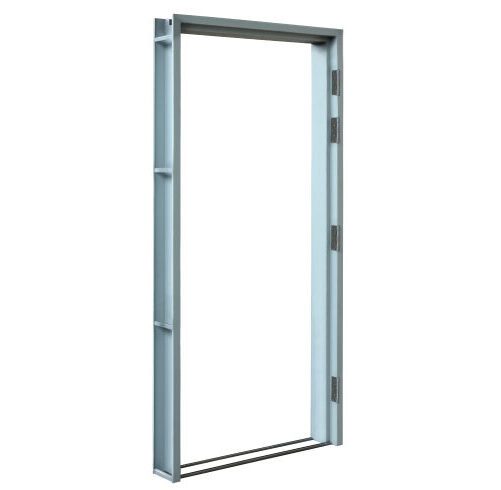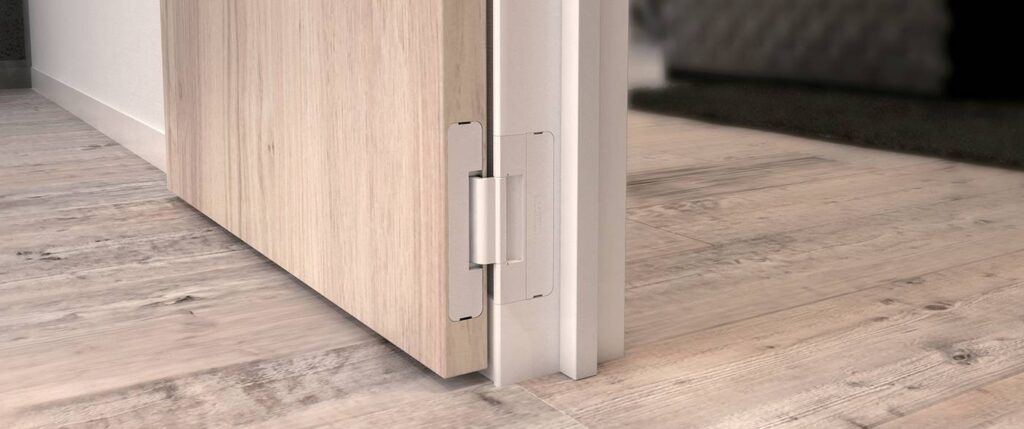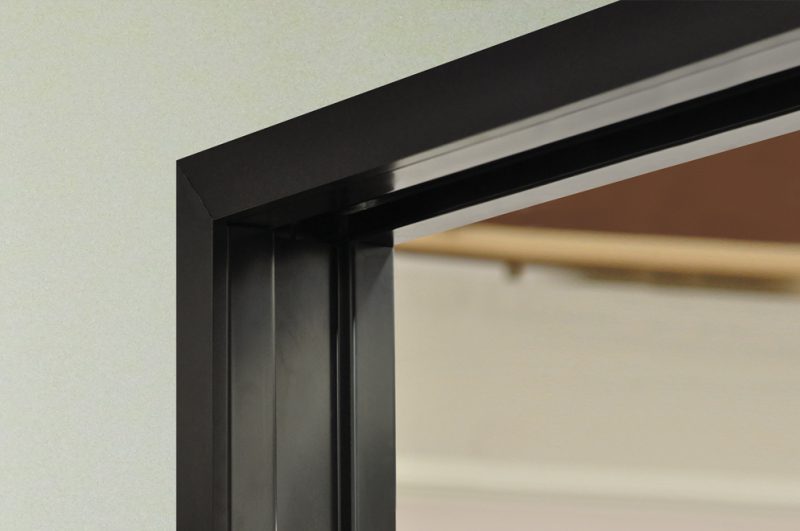In the realm of commercial and industrial building construction, few components are as crucial as hollow metal door frames. These structural elements provide not only support but also security and functionality for door assemblies, ensuring the smooth operation and safety of occupants within these spaces. Let’s delve into the intricacies of hollow metal door frames, exploring their features, applications, and benefits in detail.

Welded frames are crafted from steel sections meticulously welded together, forming a single, robust unit. This construction method guarantees unparalleled structural integrity, stability, and durability, rendering welded frames ideal for heavy-duty applications and areas experiencing high foot traffic.
On the other hand, knock down (KD) frames offer flexibility in installation and transportation. Comprising separate components like jambs, headers, and sills, KD frames are assembled on-site using mechanical fasteners such as screws or rivets. This versatility makes them suitable for projects constrained by space or where pre-assembled frames aren’t easily transportable.
The stop, a vertical projection along the inside edge of the frame, plays a pivotal role in sealing the gap between the door and frame, thereby preventing drafts, sound transmission, and light infiltration. Meanwhile, the face, the visible front surface of the frame, contributes to the space’s aesthetic appeal with embossed patterns, grooves, or finishes.
Additionally, the soffit, the horizontal surface above the door opening, provides structural support and aids in distributing the load of the frame and door assembly to the surrounding structure. The throat, determining the frame’s depth from the face to the soffit, accommodates door thickness and hardware requirements, ensuring a seamless fit.


The hinge jamb, where hinges are installed to attach the door, ensures support and stability for the door assembly, facilitating smooth operation. Conversely, the strike jamb, located opposite the hinge jamb, hosts the lockset or latchbolt, providing secure locking and latching of the door while potentially incorporating reinforcements for added security and resistance to forced entry.
The header, positioned horizontally above the door opening, shoulders the weight of the frame and door assembly, distributing the load to adjacent walls. Reinforcements or anchors may be integrated into the header to secure the frame to the surrounding structure effectively.
Hollow metal door frames find application across various wall types, including masonry walls (concrete block, brick, or stone), metal stud walls (light-gauge steel), and wood stud walls. Each wall type offers unique benefits, such as solid support and stability, flexibility in installation, or compatibility with a wide array of construction materials and techniques.

Hollow metal door frames serve as indispensable components in the construction of commercial and industrial spaces. Whether welded or knock down, these frames provide the necessary support, security, and functionality required for door assemblies in demanding environments. With their diverse features, compatibility with different wall types, and adherence to stringent performance standards, hollow metal door frames ensure reliable performance and peace of mind for building occupants and stakeholders alike.